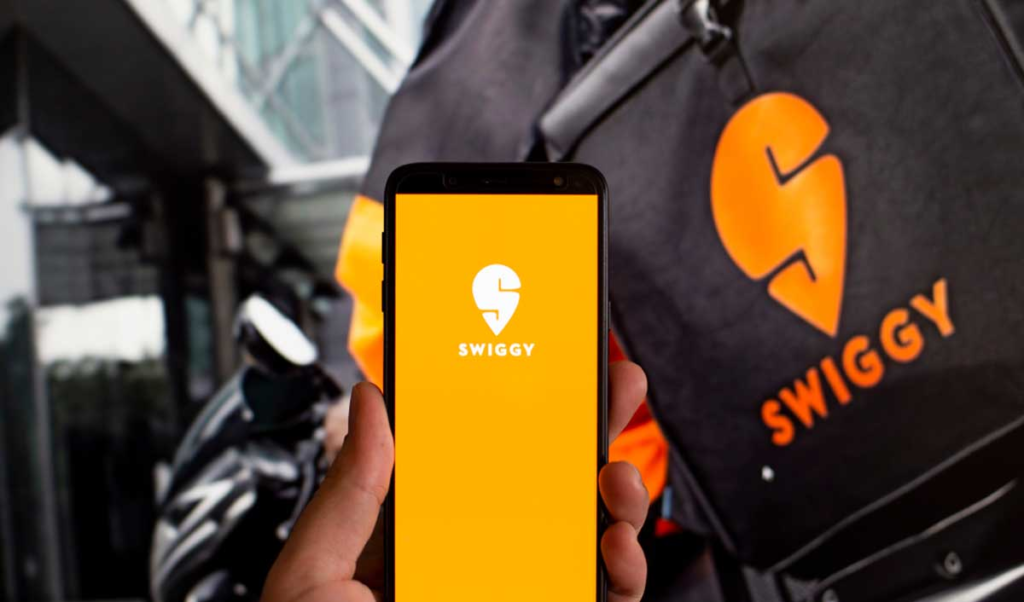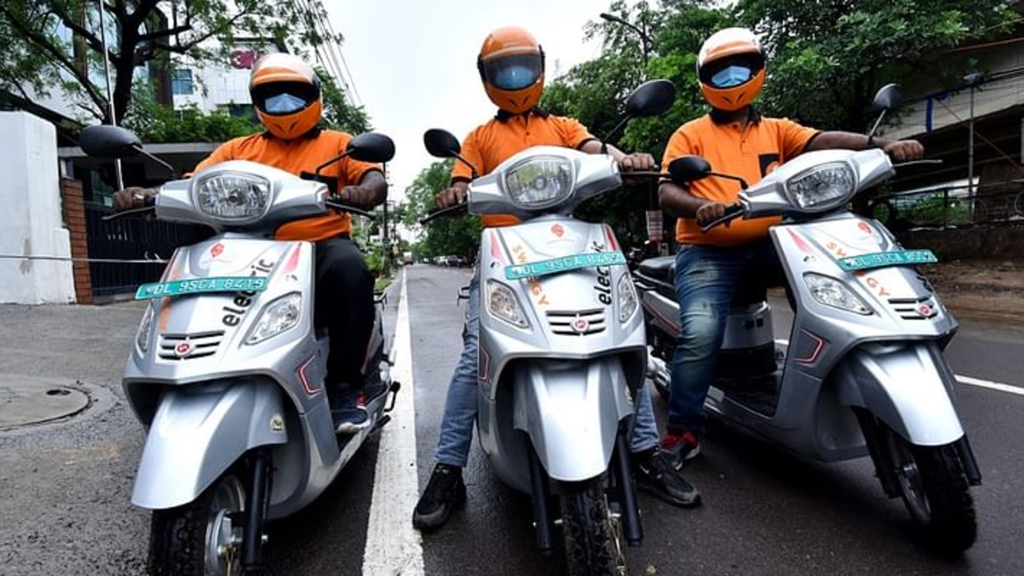Gurugram-based Zomato grew faster than Bengaluru-headquartered Swiggy in July, according to analysts at UBS. Analysts also noted that there was a push and pull between the two food delivery giants. While one grew faster than the other in a particular month, there was a comeback soon after to regain lost ground.

On a year-on-year (YoY) basis, Zomato grew at about 29 percent in July which was more than double of Swiggy’s 11 percent increase during the same period, UBS said in its latest note to clients. On a month-on-month (MoM) basis, Zomato’s order growth of 1.6 percent was much healthier than Swiggy’s decline of 4.6 percent MoM, which led to increased market share for Zomato, the note added.
While UBS did not break up the market share, several brokerage firms have estimated that Zomato’s market share in India’s food delivery sector has risen to around 55 percent, while Swiggy has slipped to about 45 percent.

UBS’ latest findings line up with Zomato’s comments from earlier this month, too.
“We are close to our national average market share even in southern cities where we were lower some years ago,” a senior Zomato official told analysts on August 1 while discussing quarterly results.
If true, it is at odds with several analysts’ views of Zomato being the dominant player in the north of India and Swiggy controlling the south of the country.

The food delivery market, which is a duopoly in India, has transformed over the past years. While Swiggy reigned supreme with a 52 percent market share in 2020, Zomato has made inroads since then largely after going public.
Where Zomato differed in its approach is in placing early bets in non-metro cities, a move that was not considered good for profitability. But the company took that leap knowing that these regions would not yield immediate results.
According to experts, Zomato built its business in a more localised way, approaching each region with a strategy that was unique to that market, be it supply chain, marketing or even restaurant choices.

Meanwhile, Zomato has also raced past Swiggy in terms of profitability. The Gurugram-based company has reported five consecutive quarters of net profits now whereas Swiggy logged an operating loss of over Rs 1,000 crore in the first nine months of FY24, according to reports.
The two companies being constantly compared is one of the cons in this Swiggy-Zomato rivalry, as per Sriharsha Majety, co-founder and group CEO, Swiggy.
“Having a listed competitor is both good and bad. We don’t have to explain what on-demand is, what the gig worker economy means and what hyperlocal is – all of these are the positives. The negative is that quarter-on-quarter you are going to be compared on the trajectory,” Majety said while speaking at the Moneycontrol Startup Conclave in Bengaluru on August 9.
“We definitely want to make sure that it is a good trajectory and there are many quarters that are good and some that are off – it (having a listed competitor) is a net positive for sure,” he concluded.


